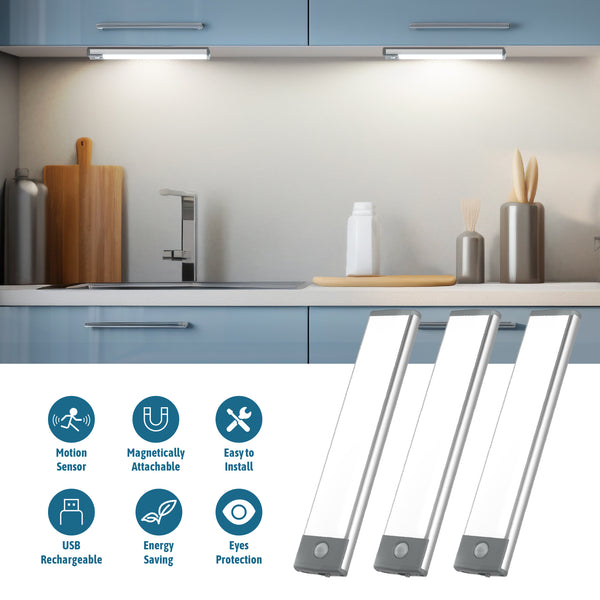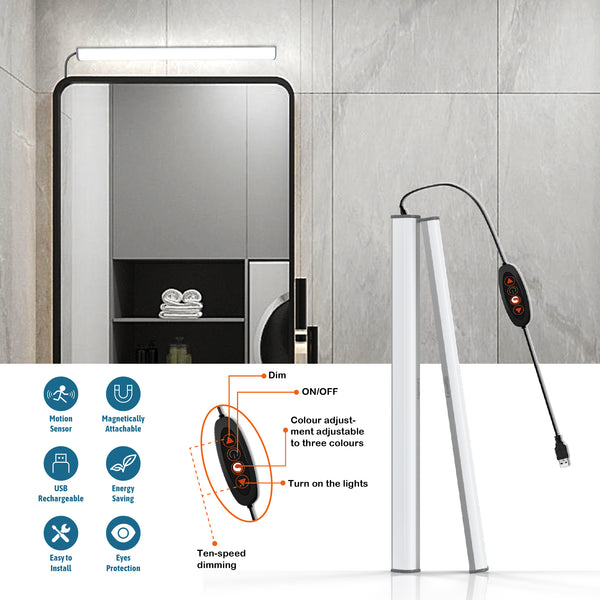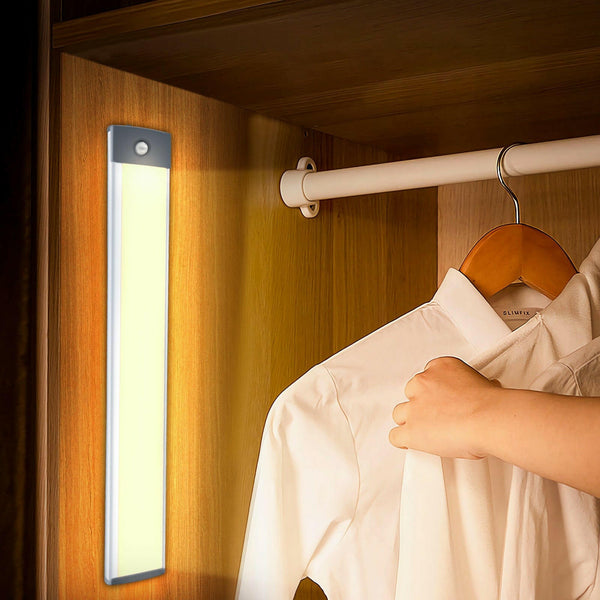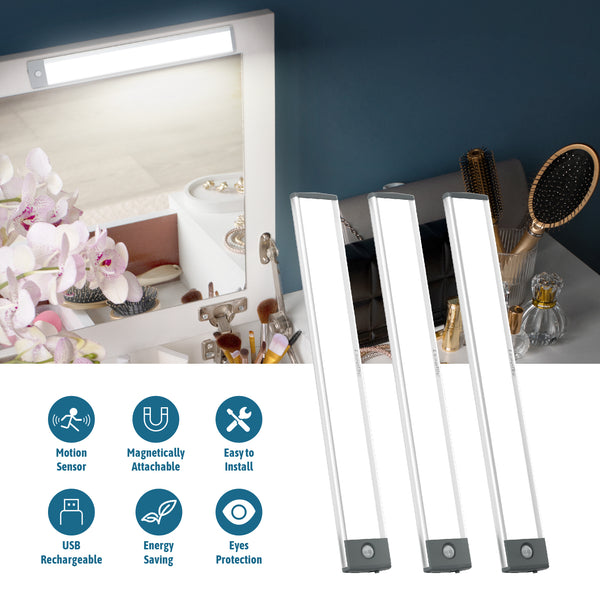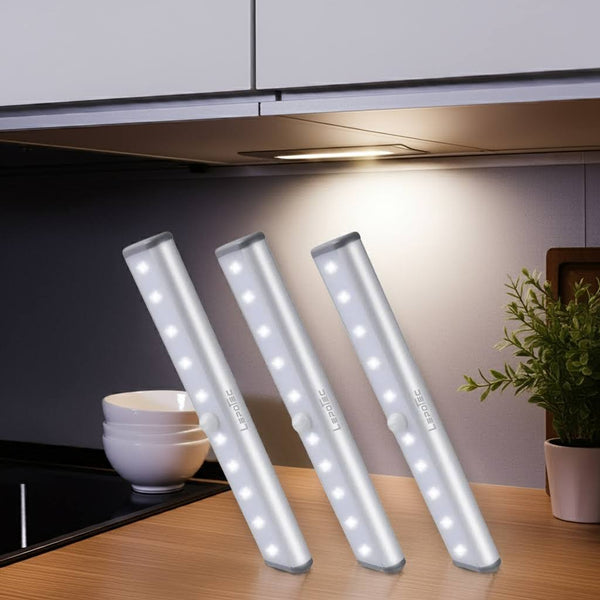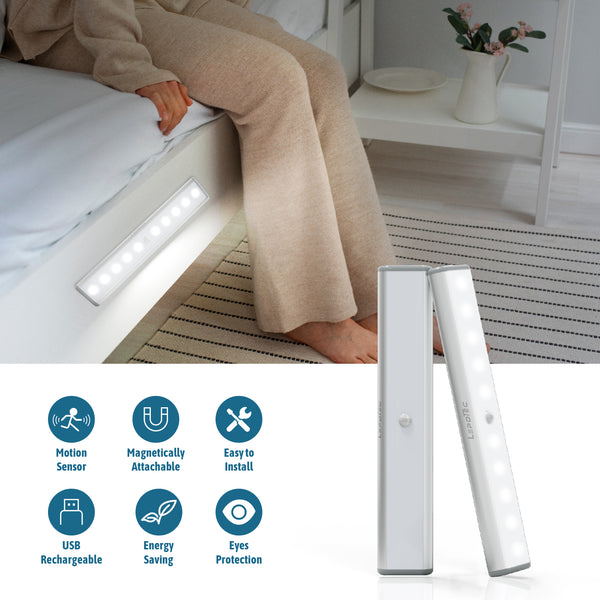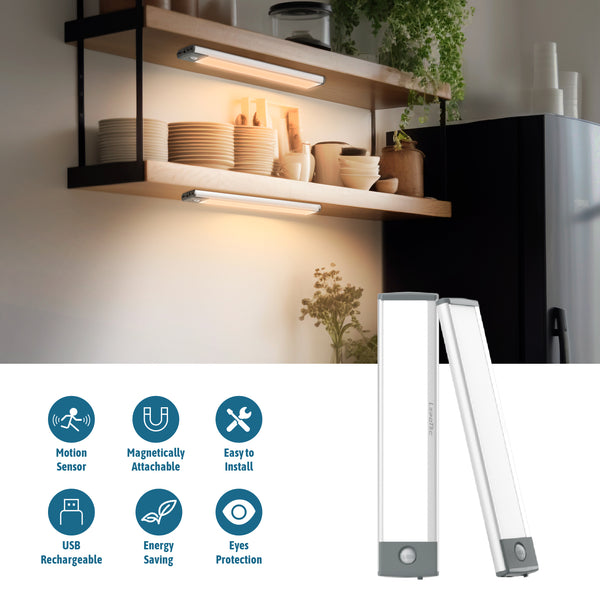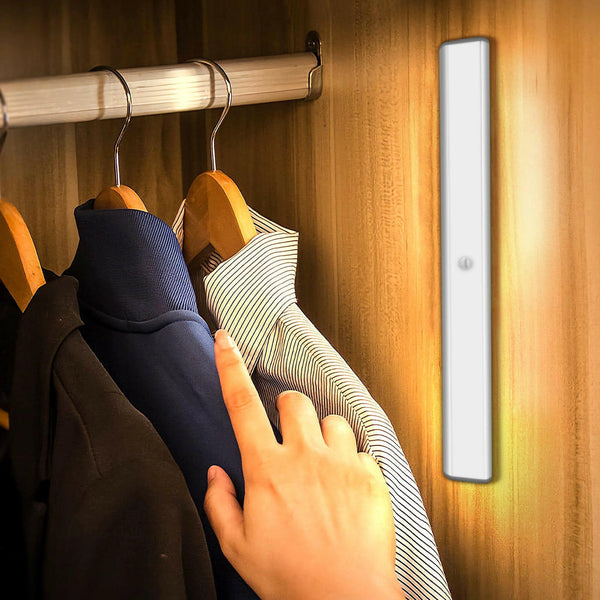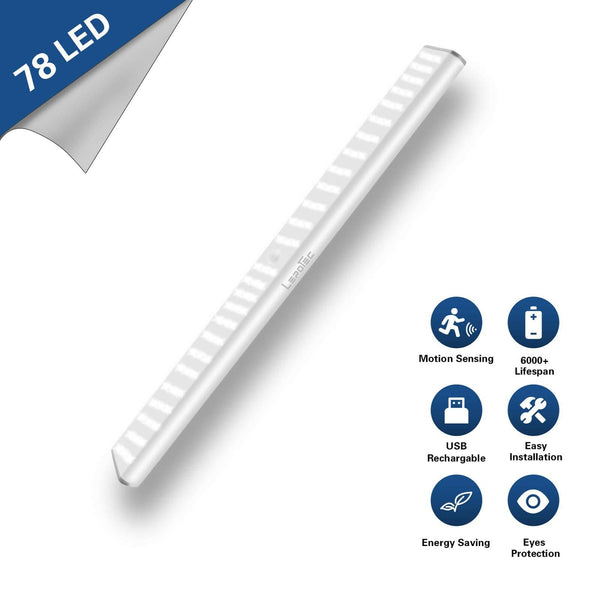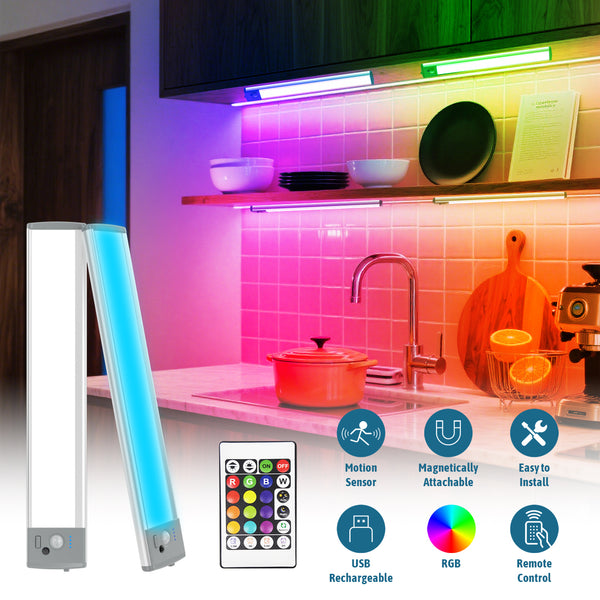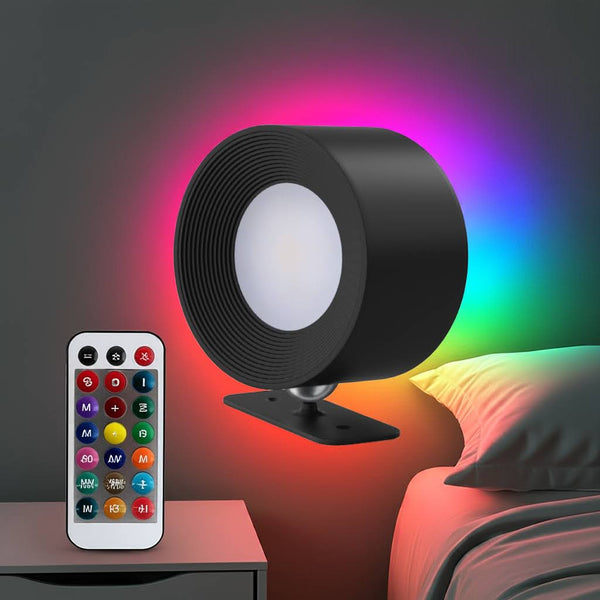Principle of PIR Pyroelectric Infrared Sensors
PIR pyroelectric infrared sensors detect human presence based on the pyroelectric effect and Fresnel lens focusing technology. The core principles are as follows:
1. Pyroelectric Effect:
The sensor contains pyroelectric materials (such as lead zirconate titanate ceramics) that, when absorbing infrared radiation emitted by the human body (wavelength of approximately 5–14μm), generate electrical polarization due to temperature changes. When a person moves, the dynamic change in radiation intensity causes the release of electrical charges, forming a weak electrical signal.
2. Role of the Fresnel Lens:
The lens focuses the infrared radiation emitted by the human body onto the sensor surface and, through special optical design, divides the detection area into alternating "bright" and "dark" zones. As a person moves in front of the lens, the signal alternates between bright and dark zones, enhancing the sensor’s sensitivity to motion.
3. Signal Processing:
The weak electrical signal is amplified, filtered (e.g., with a second-order Butterworth band-pass filter from 0.44Hz to 7Hz), and converted from analog to digital (e.g., using a 16-bit ADC in the YS312) to produce a recognizable digital or trigger signal.
Common Types of PIR Sensors on the Market
1. Basic Type (e.g., BS312)
-
Features: Fixed timing output (2-second high-level output), strong anti-interference capability, suitable for simple motion detection applications (e.g., toys, household appliances).
Note: The fixed timing output may result in relatively low sensitivity.
2. Intelligent Type (e.g., NS412)
-
Features: Adjustable delay time (0–3600 seconds), supports both analog and digital modes, adaptable to various scenarios (e.g., staircase lighting delay control).
3. High-Precision Type (e.g., YS312)
-
Features: 16-bit digital output with resolution up to 6.5μV per count, supports single-wire serial communication (DOCI), suitable for research and intelligent analysis systems.
4. Programmable Type (e.g., RM412/RS412)
-
Features: Supports MCU programming for configuring sensitivity, blocking time, etc.; integrated temperature and power detection. Suitable for high-end security and industrial control systems, though with a steeper learning curve and more complex setup.
5. New Technology (e.g., Capacitive PIR Sensors)
-
Features: Uses asymmetric electrode structures and diffuser designs to enhance sensitivity and reliability.
Why Choose the YS312 Pyroelectric Infrared Sensor?
1. Accurate Detection & Anti-Interference
a) High-Precision Signal Capture
YS312 uses a 16-bit ADC for analog-to-digital conversion, offering a resolution of 6.5μV per count. This enables precise detection of infrared radiation changes caused by human movement, minimizing missed or false triggers and ensuring reliable lighting control (e.g., lights turn on quickly when someone enters a room and turn off after a delay when they leave).
It features a built-in second-order Butterworth band-pass filter (0.44Hz–7Hz), which effectively blocks low-frequency environmental noise (e.g., warm air from an air conditioner, pets) and high-frequency interference (e.g., electromagnetic radiation from appliances), reducing false activations.
b) Environmental Interference Resistance
-
Infrared Wavelength Filtering: Only responds to human-emitted infrared radiation in the 5–14μm range, shielding against interference from direct sunlight, incandescent lights, and other strong light sources. Suitable for complex indoor and outdoor lighting environments.
-
Static Resistance & Reliability: Passed ±200V electrostatic discharge (ESD) protection tests to prevent damage during installation; also passed reliability tests including high humidity (35°C/95%RH/500 hours), and thermal shock (-40°C to 80°C) to ensure stable long-term performance.
2. Low Power Consumption & Strong Compatibility
a) Ultra-Low Power Consumption
-
Typical operating current of 10μA, supporting battery or low-voltage power supply, making it ideal for energy-efficient lighting products (e.g., solar garden lights, USB rechargeable wall lamps) and extending battery life.
-
Fast warm-up time after power-on, quickly entering stable operation while reducing standby energy usage.
b) Wide Voltage Compatibility
-
Operating voltage range: 2.2V to 5.5V, compatible with common 3.3V and 5V microcontroller systems (e.g., Arduino, ESP8266), eliminating the need for additional level-shifting circuits and simplifying hardware design.
c) Simple Application Circuit
-
Requires only a 100nF decoupling capacitor and a Fresnel lens, without the need for complex amplification circuits. This lowers development cost and simplifies PCB layout.
-
Clearly defined pins (VDD, VSS, DOCI) support 3-wire connections (power, ground, signal), suitable for a variety of lighting product designs.
3. Market Maturity & Cost Advantage
a) Technological Maturity
As a leading pyroelectric sensor manufacturer, Senba Sensor has subjected the YS312 to multiple rounds of reliability testing and market validation. It offers strong adaptability and comes with comprehensive development documentation (including typical circuits and debugging guides), reducing product development time.
b) Cost-Effectiveness
Compared to programmable types (e.g., RM412) or high-precision research-grade sensors, the YS312 meets the essential requirements of lighting control (sensitivity, stability, low power consumption) at a lower cost, making it ideal for large-scale commercial lighting integration.
Conclusion
The YS312 pyroelectric infrared sensor is an ideal solution for human presence detection in lighting systems. With high-precision sensing, low power consumption, easy integration, and strong anti-interference capabilities, it enables smart lighting control (e.g., lights on when people arrive, lights off when they leave), reduces energy consumption, and lowers development costs. It is a top choice for both indoor and outdoor lighting applications.



